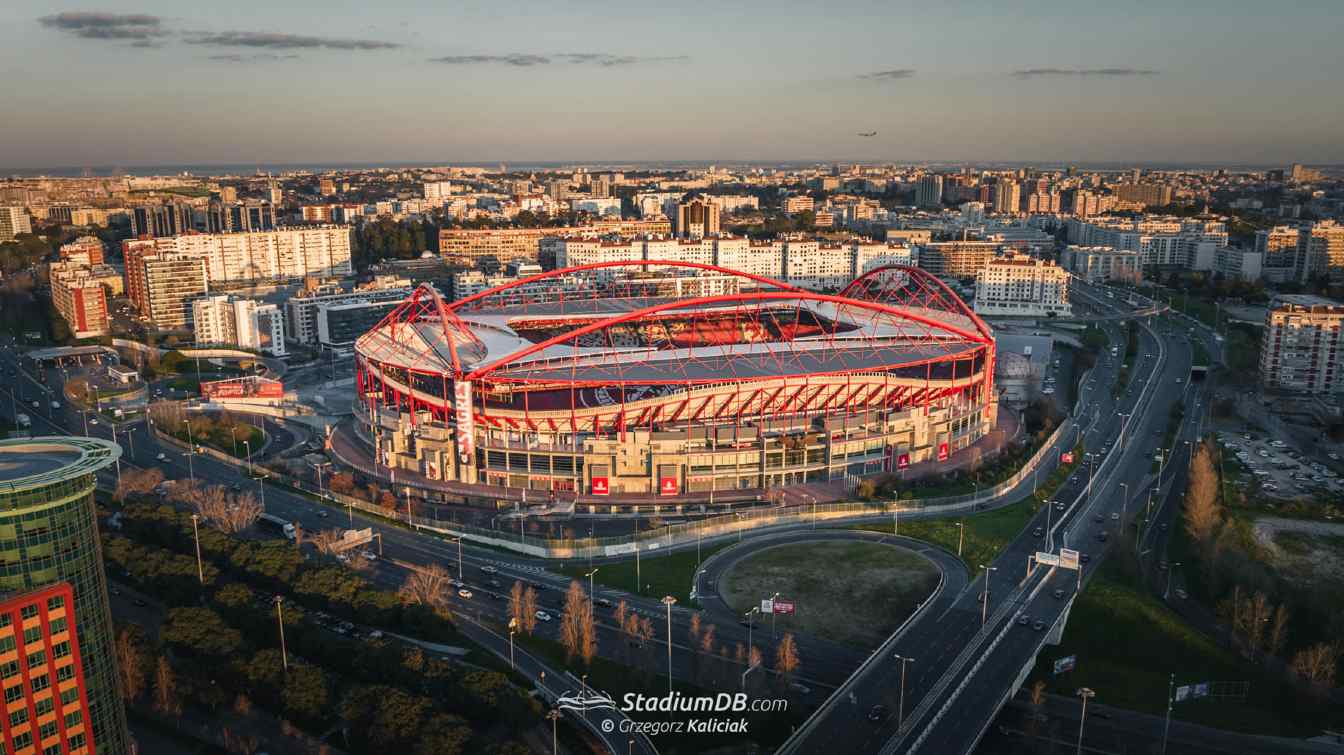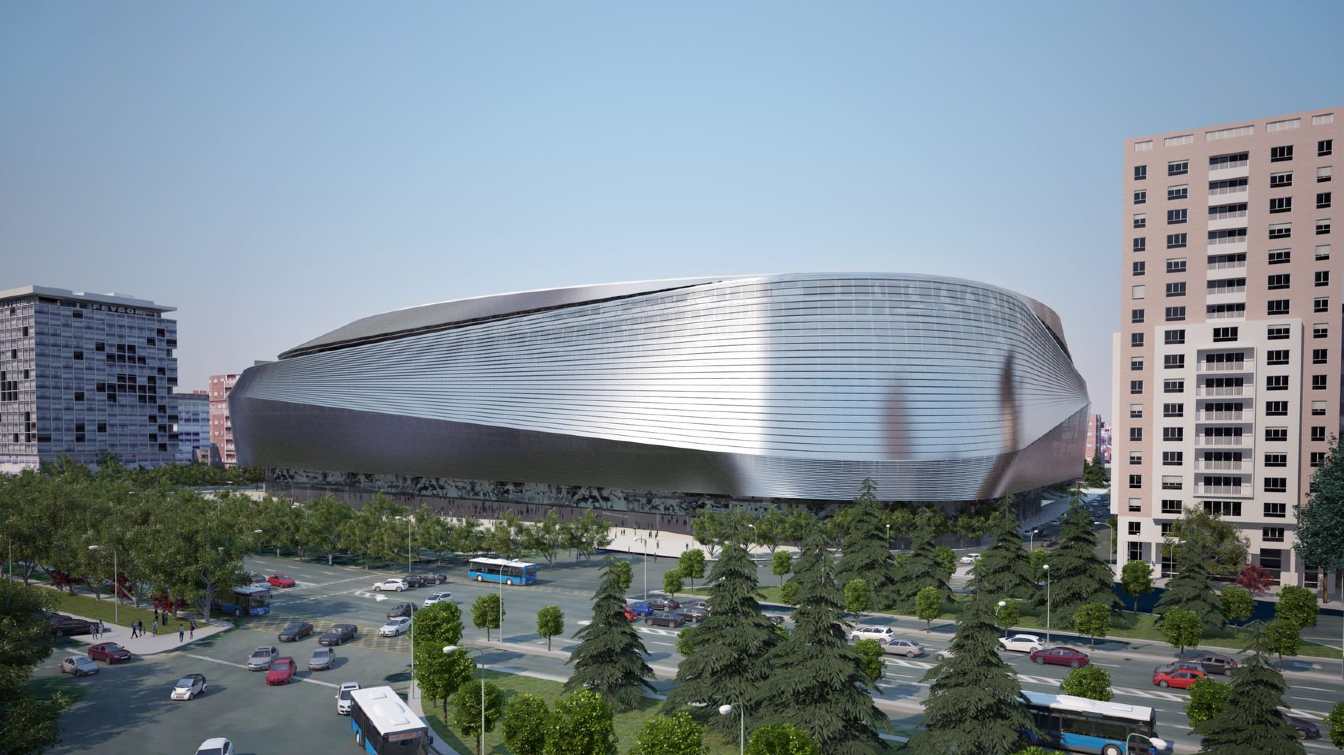World Cup 2030: Spanish stadiums compete for the most important matches
source: StadiumDB.com; author: Paulina Skóra
 A few weeks ago, the hosts for the 2030 World Cup were announced. Spain, Portugal, and Morocco will jointly organize the tournament, with three matches also scheduled to take place in Uruguay, Argentina, and Paraguay. This will celebrate the centenary of the tournament, whose first edition was held in Uruguay in 1930.
A few weeks ago, the hosts for the 2030 World Cup were announced. Spain, Portugal, and Morocco will jointly organize the tournament, with three matches also scheduled to take place in Uruguay, Argentina, and Paraguay. This will celebrate the centenary of the tournament, whose first edition was held in Uruguay in 1930.
Advertisement
Easy choice in Portugal
As of now, Morocco and Portugal have confirmed their locations. We have confirmed six locations where the World Cup will take place in 2030, namely Rabat, Tangier, Marrakech, Agadir, Fes, and the soon-to-be-built Grand Stade de Casablanca,
announced the president of the Royal Moroccan Football Federation. In Rabat, there are preliminary plans for the historical Moulay Abdellah Stadium to undergo a reconstruction.
In Portugal, the choice is somewhat smaller, as only three stadiums have a capacity of over 40,000 seats, which is the minimum required by FIFA. These venues are Estádio da Luz, Estádio José Alvalade, and Estádio do Dragão.
 © Grzegorz Kaliciak | Estadio da Luz
© Grzegorz Kaliciak | Estadio da Luz
Spanish wealth problem
The biggest competition is expected in Spain, where initially 15 stadiums were proposed. Just over a month ago, the Royal Spanish Football Federation narrowed down the list to 10 stadiums that will be presented to FIFA as hosts for the 2030 World Cup. Among them were Santiago Bernabéu, Camp Nou, Metropolitano, Stage Front Stadium, La Cartuja, San Mamés, Riazor, La Rosaleda, La Romareda, and Mestalla.
However, only 7 venues made it to the final list, meeting the crucial criterion of minimum capacity: Santiago Bernabéu and Metropolitano, Camp Nou and Stage Front Stadium, La Cartuja, San Mamés, and Reale Arena. Regarding the former Anoeta stadium, which currently accommodates 38,000 people, a project has been created to expand it by an additional 2,000 seats to meet the necessary requirements. The other stadiums require substantial reconstruction if they want to host matches.
 © RealMadrid.com | Design of Santiago Bernabeu
© RealMadrid.com | Design of Santiago Bernabeu
Key matches at the stadiums of Spanish giants?
According to Spanish media reports, Santiago Bernabéu has the best chances of hosting the final of the tournament, with its reconstruction nearing completion, although the prestigious match is also sought by Grand Stade de Casablanca. The new Real Madrid stadium will accommodate 85,000 people, while the one planned in Morocco is expected to hold 113,000, though the construction start date for the latter is yet unknown. On the other hand, Camp Nou, with a capacity of 105,053 after renovation, is vying to host the opening match and quarter-final. However, for this to happen, the stadium must be fully operational no later than 2026.
It's worth noting that Spain used the most stadiums during a single edition of the tournament, a total of 17, during the 1982 World Cup. These were spread across 14 cities: Madrid, Barcelona, Seville, Alicante, Bilbao, Elche, Gijón, A Coruña, Málaga, Oviedo, Valencia, Valladolid, Vigo, and Zaragoza.
 © Cruz y Ortiz Arquitectos | Design of Grand Stade de Casablanca
© Cruz y Ortiz Arquitectos | Design of Grand Stade de Casablanca
Advertisement
 StadiumDB
StadiumDB